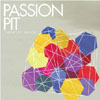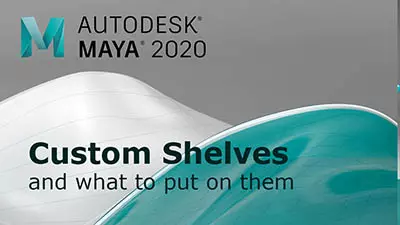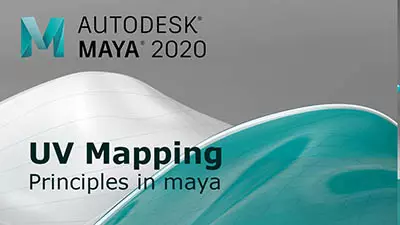Introduction to Maya - Modeling Fundamentals Vol 2
This course will look in the fundamentals of modeling in Maya with an emphasis on creating good topology. It's aimed at people that have some modeling experience in Maya but are having trouble with
complex objects.
#
1
17-11-2005
, 02:40 AM
Subscriber
Join Date: Nov 2005
Join Date: Nov 2005
Location: calgary, alberta, canada
Posts: 19
uv maps
if the uv map is not the name for what am asking for..then am asking for that map that u use to texture ur model!
thx in advance
Find a job you like and you wont have to work a single day in your life
#
2
19-11-2005
, 01:55 AM
Next you go to the Texture Editor, and you can see your model unwraped. You click UV Snapshot, choose your options and you have a map with your UVs there, ready to paint on.
After that you just have to assing it to the desired slot on the shader.
#
3
19-11-2005
, 04:21 PM
Live the life you love, love the life you live
#
4
19-11-2005
, 04:38 PM
Mustafallica,
Creating a UV map is technically easy but does take some thought. Assuming you're working with polygons (NURBS already have a UV layout), you first need to figure out which PROJECTION will work best (Edit Polygons>Texture>Planar/cylindrical/spherical/automatic mapping).
If your surface is flat or nearly flat, a planar projection will work best. If roughly cylindrical or spherical, those may work best. If you don't know, or if the object you are mapping is complex, automatic mapping is probably the way to go.
The first step would be to assign simple colors to the various parts of your object (either to the entire object, or just to certain faces). Then you select that object (or the faces you colored) by "selecting object with material" via your hypershade.
You should have your UV Texture Editor panel visible in one of your windows at this point. Let's say you have a planar projection. You want that planar projection as flat as possible, so before projecting, switch to a front or side (or top) view, and make sure mapping by camera is selected in your planar projection options box. Hit "Project", and you'll see your newly projected object in the upper right quadrant of the UV Editor. Using the manipulator, move the map out of that quadrant (so it doesn't get all tangled with everything you haven't yet mapped). Switch to "UVs" (ie when you would left click over an object to select either faces, edges, vertices, or UVs), and start looking for overlapping UVs (a separate subject).
When all your UVs are in place, you then switch to "faces" and assign it a checker (or similar) pattern to get a better idea of how the real texture you plan to use will deform.
When satisfied, move the map back to the upper right quadrant, and with all the UVs selected, choose "UV Snapshot". The snapshot can be saved as a .jpeg or whatever and imported into Photoshop or whatever paint program you wish to use.
Hope this helps!
Maybe I will do a tutorial on this someday, as it took me forever to figure all this out!
Carry on...
"Ad astra per aspera..."
#
5
19-11-2005
, 04:53 PM
It is a modeling /3d program that will cost you about 500$, but the free demo you can download to see all of the great features in it. The main thing is that you can paint directly on a surface, no UV's involved. In a way, as you paint it maps the UV's all on its own. Its amazing. I just downloaded the learning edition, and, unlike Maya PLE it has no watermark!
Live the life you love, love the life you live
Posting Rules Forum Rules
Similar Threads
Textures not linking to tutorial maya....
by dan003 in forum Maya Basics & Newbie Lounge replies 2 on 07-03-2015
Problems with UV mapping (distorted maps)
by RuhigBrauner in forum Maya Materials & Textures replies 6 on 03-04-2014
Transfering UV maps
by gubar in forum Maya Basics & Newbie Lounge replies 0 on 09-11-2007
Getting rid of old uv maps
by gubar in forum Maya Basics & Newbie Lounge replies 2 on 07-07-2007
uv maps
by Thomps in forum Maya Basics & Newbie Lounge replies 1 on 07-09-2006
Topics
Free Courses
Full Courses
VFX News
How computer animation was used 30 years ago to make a Roger Rabbit short
On 2022-07-18 14:30:13
Sneak peek at Houdini 19.5
On 2022-07-18 14:17:59
VFX Breakdown The Man Who Fell To Earth
On 2022-07-15 13:14:36
Resident Evil - Teaser Trailer
On 2022-05-13 13:52:25
New cloud modeling nodes for Bifrost
On 2022-05-02 20:24:13
MPC Showreel 2022
On 2022-04-13 16:02:13










